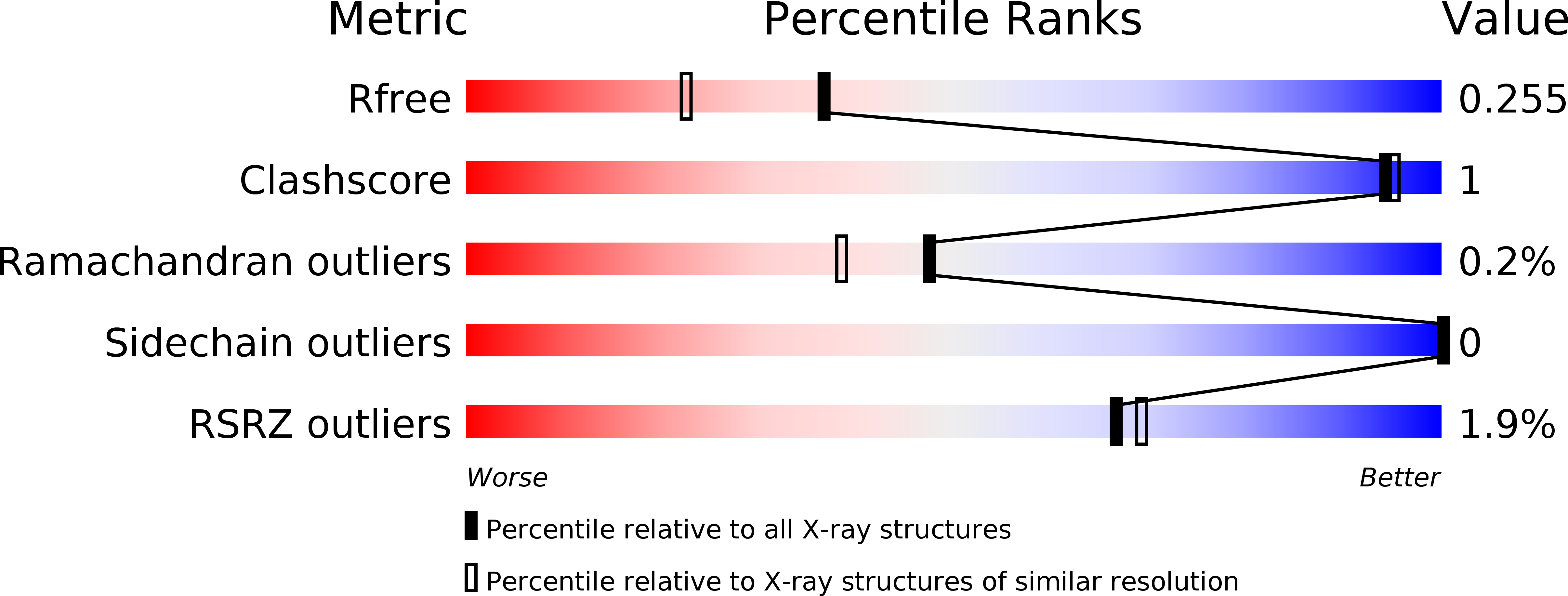
Deposition Date
2014-02-20
Release Date
2014-08-27
Last Version Date
2024-11-20
Entry Detail
PDB ID:
4P0D
Keywords:
Title:
The T6 backbone pilin of serotype M6 Streptococcus pyogenes has a modular three-domain structure decorated with variable loops and extensions
Biological Source:
Source Organism:
Streptococcus pyogenes serotype M6 (Taxon ID: 286636)
Host Organism:
Method Details:
Experimental Method:
Resolution:
1.90 Å
R-Value Free:
0.24
R-Value Work:
0.20
R-Value Observed:
0.21
Space Group:
P 63


